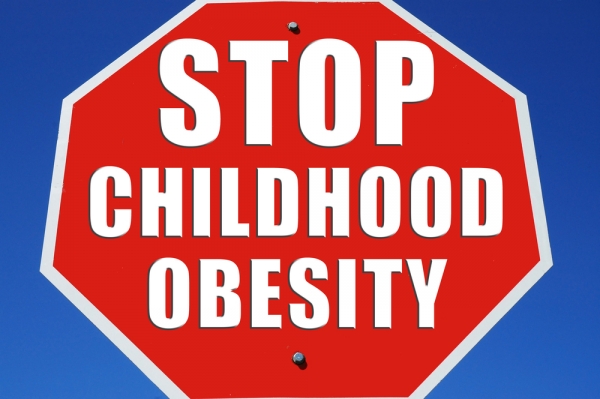Childhood obesity is an epidemic. It is being seen in kids and adolescents three times as often as it was in the 1970s. Primary care physicians are reporting seeing more children who are obese than ever before. According to Dr. Garry Sigman, director of Loyola University Health System’s Pediatric Weight Management Program, the cause of this increase in childhood obesity comes down to the many changes in culture and environment.
To combat the problem “try to simulate the way the world was. Not too much restaurant food, eat home meals as much as possible,” Dr. Sigman said. In addition, he recommends eating natural food products and minimizing the amount of processed food kids eat. Beyond food intake, Dr. Sigman feels that children should be cared for in a way that not every cry is interpreted as a need for food. He also stresses that children need to have the ability to move, attributing some of the obesity problem to the lack of time spent being active outside. “The streets are less safe, [the kids] go out and play less and spend far too much time watching screens like video games, computers and TV.”
Dr. Sigman’s focus, however, is not on preventing childhood obesity, but rather on helping those already suffering from it. He saw that children and their families were not receiving the treatment that would be of the most benefit. “The problem is that the health care system is designed to reimburse for procedures but not for the long time it would take…to make the healthy changes, the behavioral modifications,” he said. It was this problem that led to the creation of the Pediatric Weight Management System.
Children ages 6-18, who have a BMI greater than 99 percent, type 2 diabetes, obesity-related hypertension or obesity-related liver disease, are all eligible for treatment at the Pediatric Weight Management Clinic. Primary care physicians may also recommend children who don’t meet the exact criteria. Because the clinic is focused on helping families make lifestyle changes, each participant has to be committed to treatment before it can start. “Once we find the patient and the parents or caregivers are motivated and interested in helping the child, we start the 14 weeks of treatment,” Dr. Sigman said. Treatment includes meeting with a psychologist, nutritionist and exercise training both in group and individual settings. A fitness assessment is given before treatment starts and after it ends.
While helping obese children lose weight is a part of the clinic’s goals, it isn’t the only focus. “We aim for health improvement-not just weight and fitness, but an increase in self-esteem and life quality,” Dr. Sigman said. He feels strongly that families must be involved in the treatment of childhood obesity so the appropriate lifestyle changes are made. To him, the changes aren’t completely about helping children lose weight and keep it off, but preventing the adverse effects that stem from obesity. “The goal is to reduce morbidity and mortality of those already obese. It will improve the lives of children who are obese.”
Also Read
15 Worst Pieces of Diet Advice We Feed Our Kids

